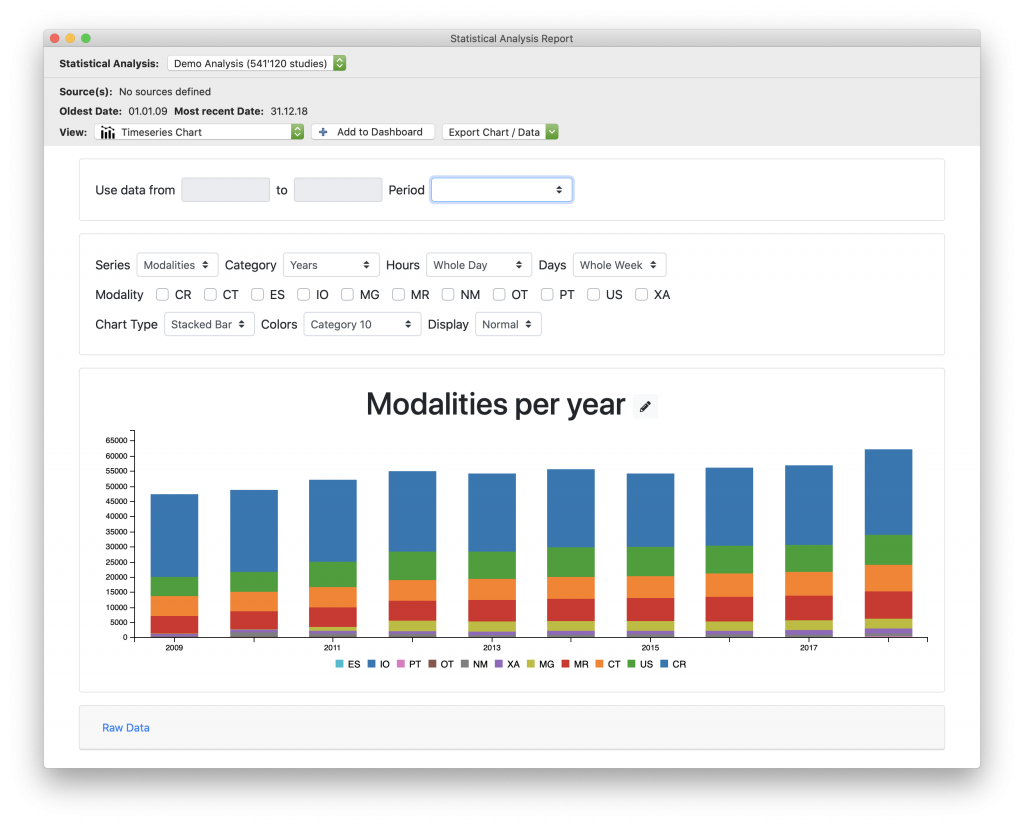
The key criteria for evaluation of an analytical method are: specificity, accuracy, precision, detection limit, quantitation limit, sensitivity, working range and linearity, robustness and recovery. The analytical method validation is governed by the International Conference on Harmonization (ICH). The intent of method validation is to provide scientific evidence that the analytical method is reliable and consistent before it can be used in routine analysis of product. The objective of validation of an analytical method is to demonstrate that the method is suitable for the intended use, such as evaluation of a known product for potency, and impurities. The principle of validation of quantitative analytical procedures is widely spread today in all domains of activities where measures are made. This is an Open Access article distributed under the terms of the Creative Commons Attribution License ( ), which permits unrestricted use, distribution, and reproduction in any medium, provided the original work is properly cited.

In order to better understand the statistical analysis of raw data, practical examples are treated for quantify: an active ingredient in pharmaceutical drugs, a heavy metal in fishery products, and a drug in seizures. The experimental protocol applied in this work is based on a common methodology, inspired by regulatory guidelines regarding statistical data analysis in analytical method validation, to optimize the number of assays and satisfy the study of validation criteria. The statistical tools allow us to address all these points. Likewise, it is more important for the researcher to know if he can trust a new developed method and what are the criteria to respect to ensure its validity. It is essential, also, to know whether an analysis method is suitable for the intended use. ⁎ Corresponding author: analyst needs to know whether the result of measurement can be accepted with confidence or, on the contrary, rejected because it is wrong. Laboratory of Biomolecules and Organic Synthesis, Department of Chemistry, Faculty of Sciences Ben M'Sik, University Hassan II of Casablanca, Soumia Belouafa *, Fatima Habti, Saïd Benhar, Bouchaïb Belafkih, Souad Tayane, Souad Hamdouch, Ahmed Bennamara and Abdelmjid Abourriche


 0 kommentar(er)
0 kommentar(er)
